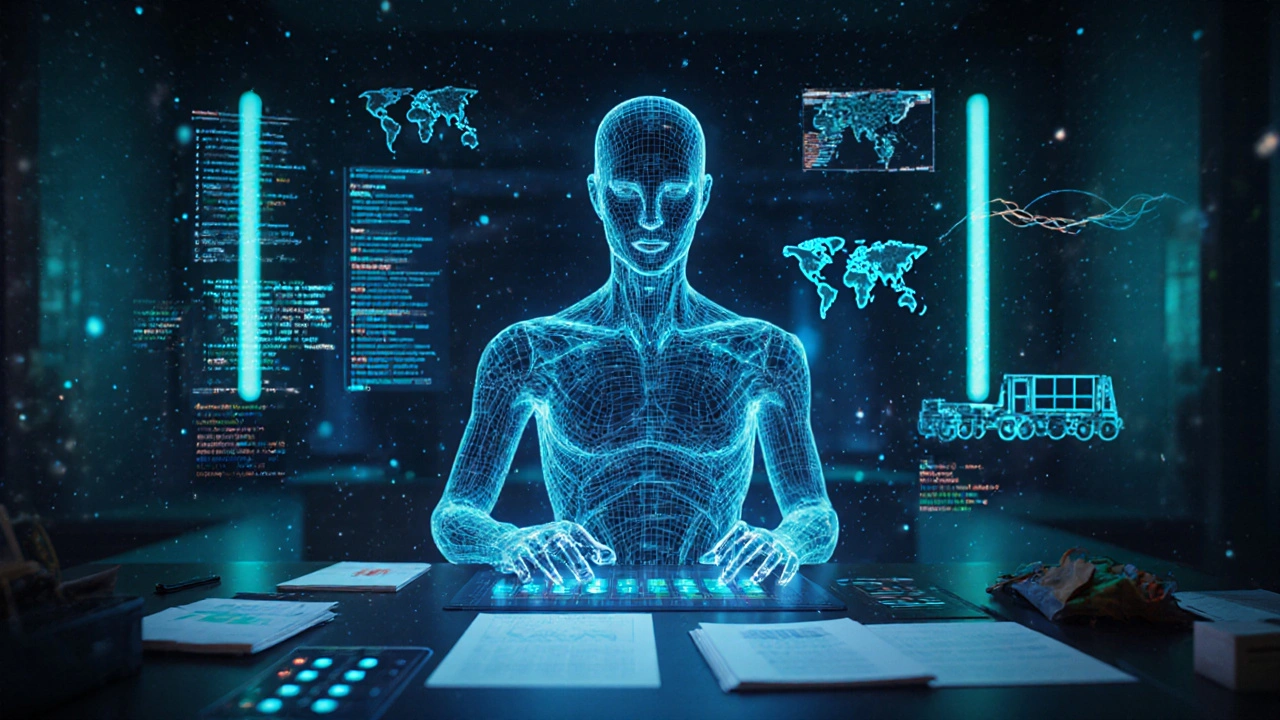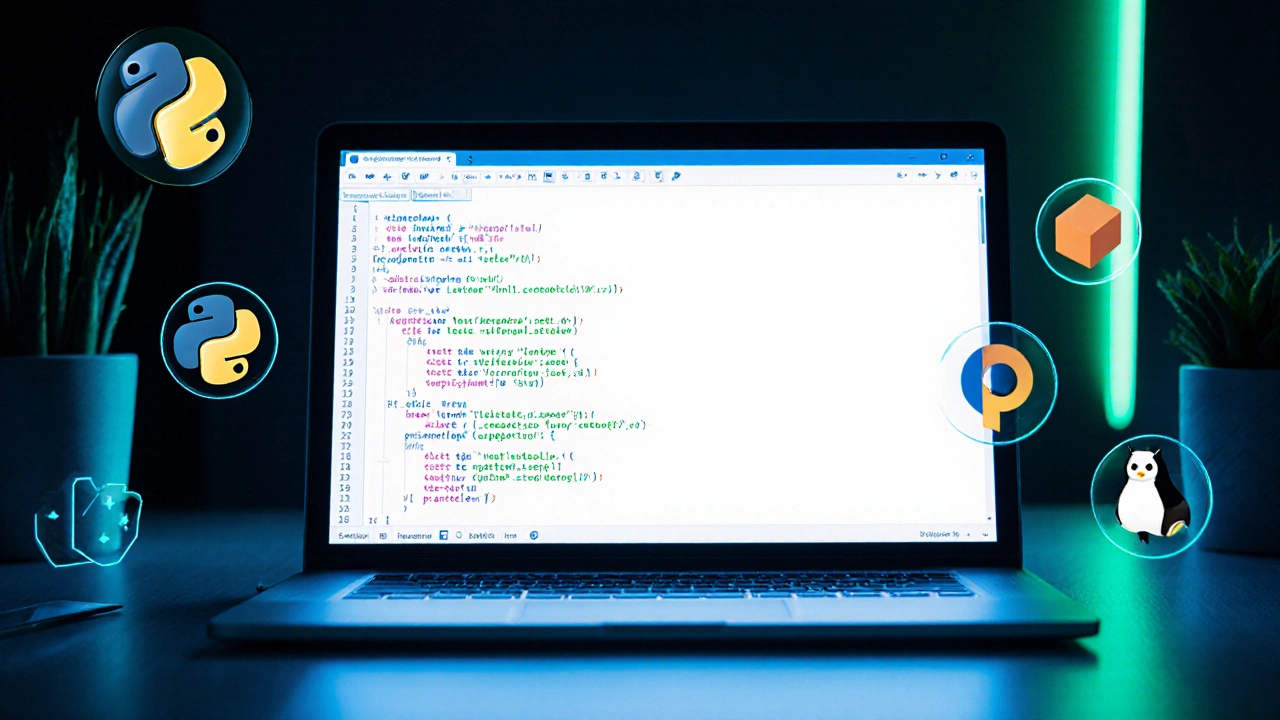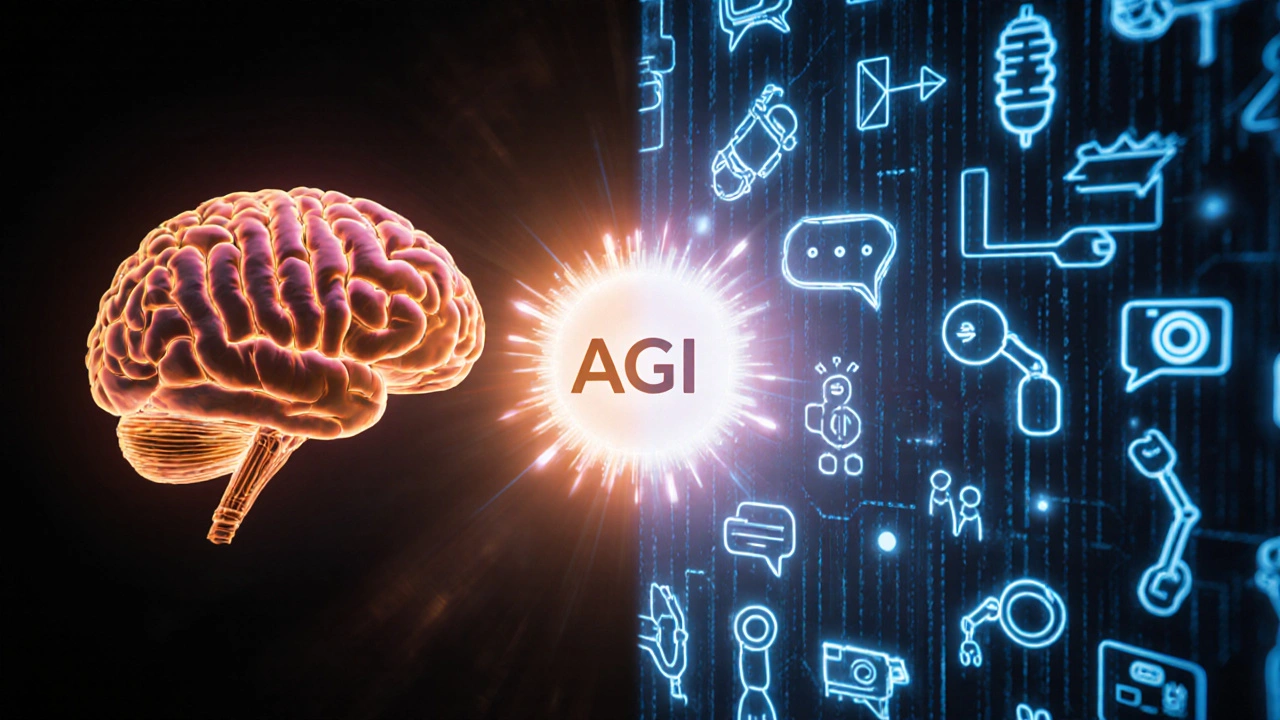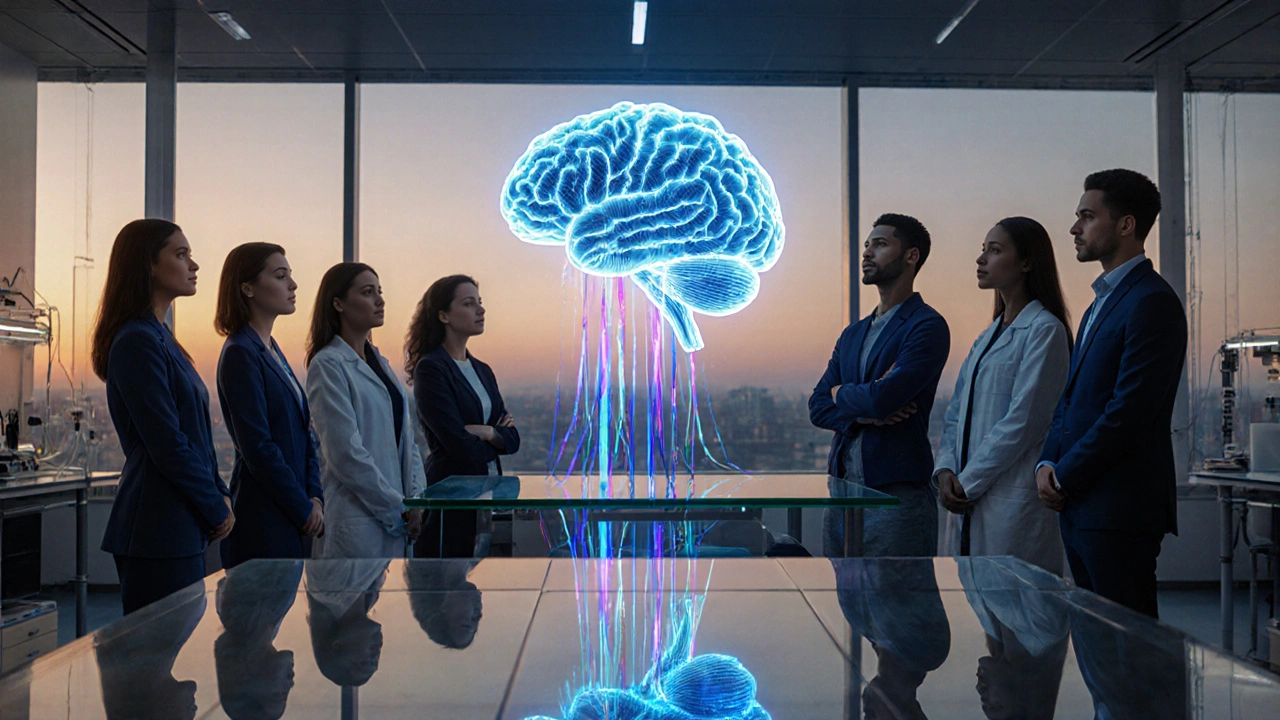Artificial Intelligence: What You Need to Know About Coding and Trends
Artificial Intelligence (AI) isn't just a buzzword—it’s becoming a key part of how we build smarter apps and tools. If you’re curious about AI coding or wondering how Python fits in, this guide breaks it down in simple terms. Whether you're a beginner or looking to sharpen your AI skills, understanding which tools and languages to use is the first step.
Python is a favorite among developers because it keeps things straightforward and offers tons of libraries like TensorFlow and PyTorch to speed up AI projects. Its simple syntax means you can jump right into coding AI without getting stuck on complicated language structure.
Why Coding for AI Matters and How to Get Started
Coding for AI means writing instructions machines can learn from to perform tasks, like recognizing images or answering questions. You don’t have to be a programming wizard to start. Many resources walk you through AI basics and give hands-on examples that make learning easier. The key is to find projects that excite you—maybe automating tasks or building a chatbot—and use those experiences to understand machine learning concepts.
Also, AI coding is changing how tech careers look. More people are finding it easier and fun to get involved because the tools are more accessible and supportive than before. Plus, you get to solve real problems and see your code in action powering smart technology.
Real-World AI Tips for Business and Everyday Life
AI isn’t just for developers—you can use smart AI tools to boost productivity, automate mundane tasks, and make better decisions at work. For businesses, simple AI solutions can analyze customer data or speed up repetitive processes, saving time and effort. Even outside work, AI helps with things like personalized recommendations or managing smart home devices efficiently.
If you want to jumpstart your AI journey, look for practical tips that show how to apply AI quickly, like shortcuts in coding or free online tutorials with real examples. Avoid getting overwhelmed by focusing on one step at a time and experimenting with easy projects that build your confidence.
Artificial Intelligence is shaping our lives in exciting ways, and learning how to code and use AI tools opens doors to new opportunities. Start small, keep exploring, and watch how AI can simplify and supercharge what you do.

- Nov 30, 2025
- Travis Lincoln
- 0 Comments
Artificial Intelligence vs. Human Intelligence: What Really Sets Them Apart?
Artificial intelligence and human intelligence work in completely different ways. AI finds patterns fast. Humans understand context, emotion, and meaning. Here’s how they compare-and why you need both.

- Nov 4, 2025
- Mitchell Benson
- 0 Comments
How AI Is Transforming Personalized Medicine Today
AI is revolutionizing healthcare by tailoring treatments to individual biology, predicting diseases early, and cutting drug development time. It’s not replacing doctors-it’s giving them the tools to care better.

- Nov 2, 2025
- Maxwell Sterling
- 0 Comments
How Artificial General Intelligence is Reshaping the Tech World
Artificial General Intelligence is transforming tech by enabling machines to learn, reason, and adapt like humans. From coding to healthcare, AGI is reshaping how industries operate-and how we work alongside it.

- Oct 28, 2025
- Mark Cooper
- 0 Comments
Python for AI: Why It’s the Top Choice for Building Intelligent Systems
Python dominates AI development because of its simple syntax, powerful libraries, and massive community. Learn why it's the top choice for machine learning, deep learning, and real-world AI projects.

- Oct 26, 2025
- Mark Cooper
- 0 Comments
Why Coding for AI Is Essential for Every Tech Visionary
Learn why coding for AI is essential for tech visionaries, explore key languages, tools, a step‑by‑step roadmap, common pitfalls, and upcoming trends.

- Oct 21, 2025
- Alaric Stroud
- 0 Comments
Artificial General Intelligence (AGI): The Future of AI Explained
Explore what Artificial General Intelligence is, how it differs from narrow AI, key challenges, timelines, and its impact on society in this comprehensive 2025 guide.

- Oct 19, 2025
- Seraphine Gibson
- 0 Comments
How Learning AI Is Transforming the Tech Industry
Discover why learning AI is reshaping the tech industry, the core technologies to master, practical roadmaps, real‑world impacts, and tips to become AI‑ready.

- Oct 12, 2025
- Travis Lincoln
- 0 Comments
Artificial General Intelligence: How the Future Arrived Today
Explore what Artificial General Intelligence (AGI) really means, its technical hurdles, timeline predictions, safety concerns, and how society can prepare for this upcoming shift.

- Oct 5, 2025
- Mark Cooper
- 0 Comments
Future of Seamless Automation: Top AI Tricks You Need
Explore practical AI tricks that turn ordinary automation into seamless, intelligent workflows, with step-by-step guides, tool comparisons, and expert tips.

- Sep 30, 2025
- Alfred Thompson
- 0 Comments
AI Tips: Boost Your Customer Insights with Smart AI Techniques
Learn practical AI techniques to turn raw data into clear customer insights, from segmentation to sentiment analysis, with step‑by‑step guidance and tool comparisons.
